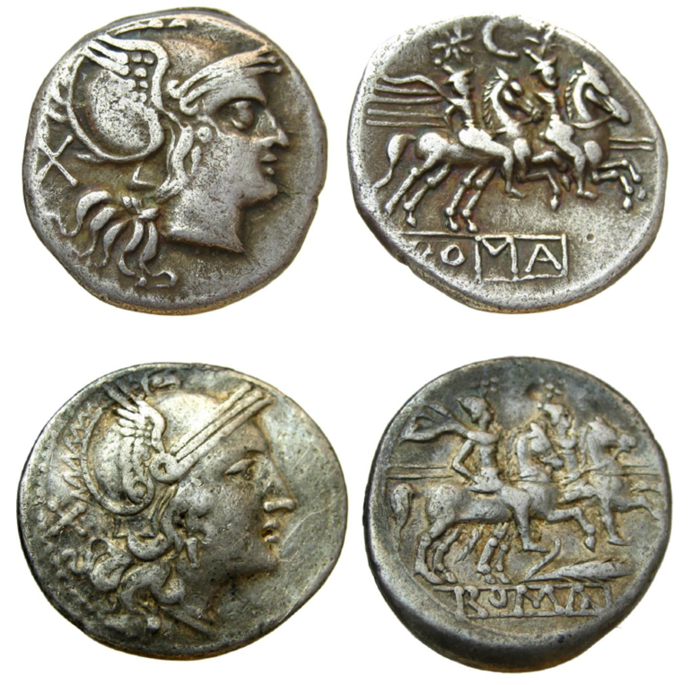Ancient coins of Odisha, a treasure trove of history and numismatic significance, offer a fascinating window into the rich cultural heritage of the region. These ancient coins, dating back thousands of years, serve as a tangible link to the illustrious past of Odisha and provide valuable insights into its economic, political, and social dimensions.
The coins of ancient Odisha reflect the diverse dynasties and empires that have ruled the land over the centuries. Starting from the Mauryan period to the Kalinga Empire, the coins bear witness to the rise and fall of various kingdoms and their influences on trade and commerce.
The imagery on these coins is a testament to the artistic prowess and symbolic representations of their time. Designs showcase intricate depictions of deities, animals, mythological figures, and royal emblems. The inscriptions provide valuable historical references, including the names of rulers, their titles, and sometimes even the events of significance during their reign.
Coins minted in Odisha were predominantly made of copper or alloys like lead, bronze, or silver. Their sizes and shapes varied, ranging from small cast coins to larger punch-marked coins. The discovery of gold coins belonging to the Bhaumakara dynasty is a testament to the flourishing trade and wealth during that era.
These ancient coins not only serve as valuable artifacts but also aid historians, archaeologists, and researchers in understanding the economic systems, trade routes, and cultural exchanges of ancient Odisha. They provide valuable evidence of the region’s connectivity with other parts of India and neighboring countries.
Preservation and study of these ancient coins of Odisha shed light on the evolution of economic systems, governance, and cultural influences that have shaped the history of the region. They offer a tangible link to the past, reminding us of the rich heritage and the stories that lie within the crevices of time.

![Read more about the article HR Certification Course in Delhi, 110003 with Free SAP HCM HR Certification by SLA Consultants Institute in Delhi, NCR, HR Analytics Certification [100% Job, Learn New Skill of ’24] get Wipro HR Payroll Professional Training,](https://www.ucloan.com/wp-content/uploads/2024/03/HR-Course-in-india.jpg)
